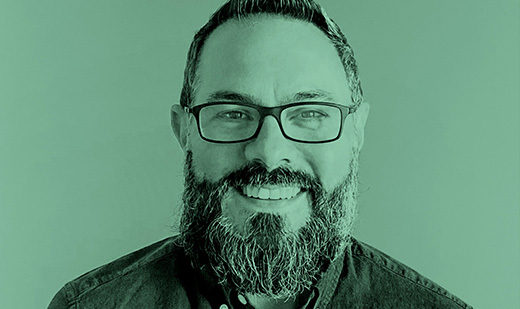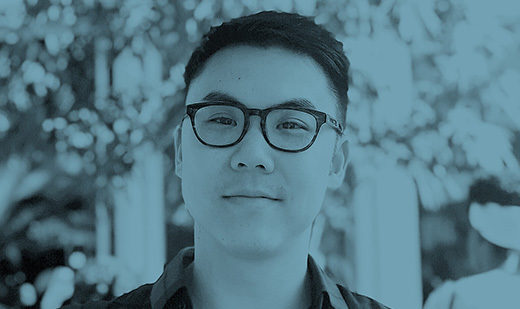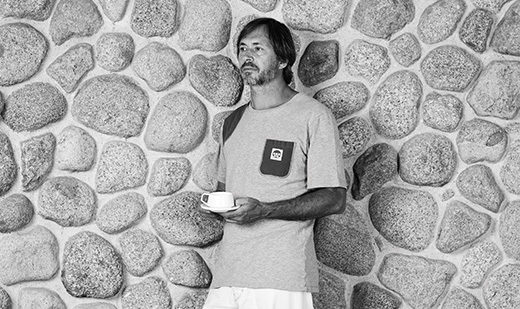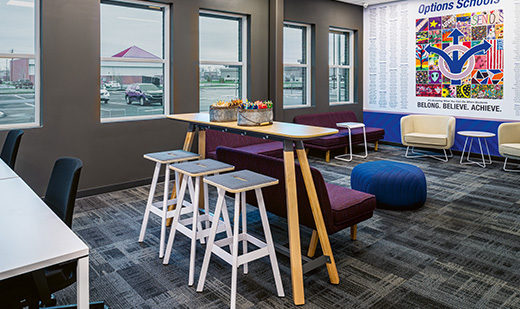Can you tell me a little bit about yourself?
I got my PhD in Media Studies and was a professor for several years, and then left academia to become a journalist and worked as a writer at BuzzFeed News while writing my newsletter on the side. Now, I write my newsletter full-time, and have been able to poke around more in burnout, productivity, and work habits—topics I covered at BuzzFeed and that I explore in my books.
What initially got you interested in writing about the workplace?
There’s this famous theorist, Marshall McLuhan, who said ‘the medium is the message,’ meaning that the way we receive cultural texts forms how we think about them. That broader paradigm applies to work in that the space in which we do work informs how we think about work and each other. And so, I read things like The Secret History of the Open Office and became interested in how these theories of flattening the office and hierarchies through open plan don’t always work out in practice. I became really interested in the difference between theory and practice, and how that switch impacts how you think about design.
How can managers empower cultural change in their teams as we shift to different work styles?
A major pre-pandemic style was management by walking around, which you can’t really do anymore. For managers who haven’t had a ton of training in the first place, that shift is hard. Companies that I’ve seen that are approaching this constructively are treating managing flexible workers and workplaces as a new skill—as something that you need to learn how to do instead of something you’re just expected to do. Similarly, working from home is also a discrete skill set. When you think back to the beginning of the pandemic, many of us were bad at creating boundaries for work. But if you look at the statistical data about working from home and about people’s contentment and sense of belonging, they’ve increased over time. Part of it is that the pandemic is not as severe anymore and childcare options are more available, but it’s also that people are getting better at it. I think companies that are treating this as like, ‘we’re still learning, and we need to continue to learn’ are doing better.
How do businesses encourage equal opportunity in flexible teams as more people return to the office in person?
I think the first step is really acknowledging that presenteeism is a problem and ensuring that bias around ‘oh, that person’s in the office all the time working really hard, right? They work the way that I work, which is present in the office, so I want to elevate them and give them more opportunities,’ aren’t happening. One thing that I’ve seen, and that I personally recommend is companies that are doing maximum days in the office.
How do you view flexibility in the workplace postpandemic? What are the key differences people should look out for coming out of the pandemic?
The major complaint people had with working from home the last few years is it’s lonely, which doesn’t have to be the future. When you are not afraid of being in someone else’s proximity, it opens a lot of opportunities. For example, I think we’re going to see a lot of innovation in co-working spaces and spaces that people are going to either for their entire week or part of their week, if they aren’t going into the office itself. Coffee shops are filling back up and libraries and other public spaces that can be used for work are being used more. It also doesn’t have to be from your office; I work with my friends a lot, and it feels like college again where you’re all doing your own work, and someone ducks into another room to take a call. It is also a great opportunity to maintain those relationships that are often difficult to preserve outside of work.
Anne Helen Petersen is the author of the newsletter Culture Study and book, Out of Office: The Big Problem and Bigger Promise of Working from Home.
More to Read
This story is from Knoll Works—our annual publication showcasing how our design and spatial planning approach helps create places people love to be.










